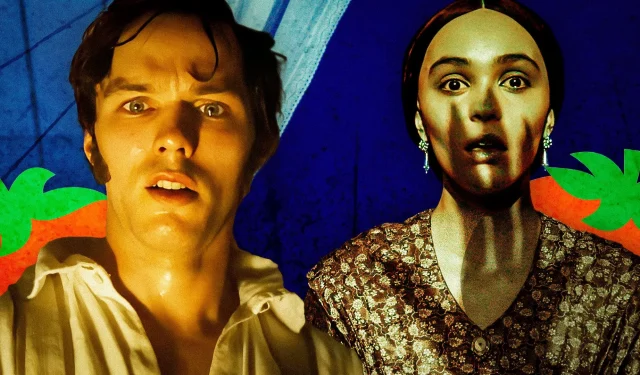
WARNING: Major spoilers for Nosferatu ahead Upon its release, Robert Eggers’ long-awaited horror film Nosferatu received widespread acclaim and surpassed initial box office expectations. Yet, it follows a familiar pattern evident in Eggers’ previous works as noted on Rotten Tomatoes. The film features Bill Skarsgård in the role of the sinister Count Orlok, a character derived from the iconic 1922 silent film. Early reviews praised Nosferatu, and as audience and critic opinions have continued to roll in, its impressive Rotten Tomatoes scores have remained consistent.
Eggers has established a formidable reputation, with each of his prior films achieving a Rotten Tomatoes Tomatometer score of 90% or higher, indicating that at least 90% of critics reviewed them favorably. Despite Nosferatu’s current score of approximately 86% after its opening week, this still marks a slight deviation from its predecessors. Notably, this film stands as the fourth entry in Eggers’ growing portfolio, boasting record audience reception numbers.
Robert Eggers’ Audience Scores Are Significantly Lower Than His Critic Scores
Each of Eggers’ Four Feature Films Exhibits Strong Critic Scores Yet Mediocre Audience Feedback
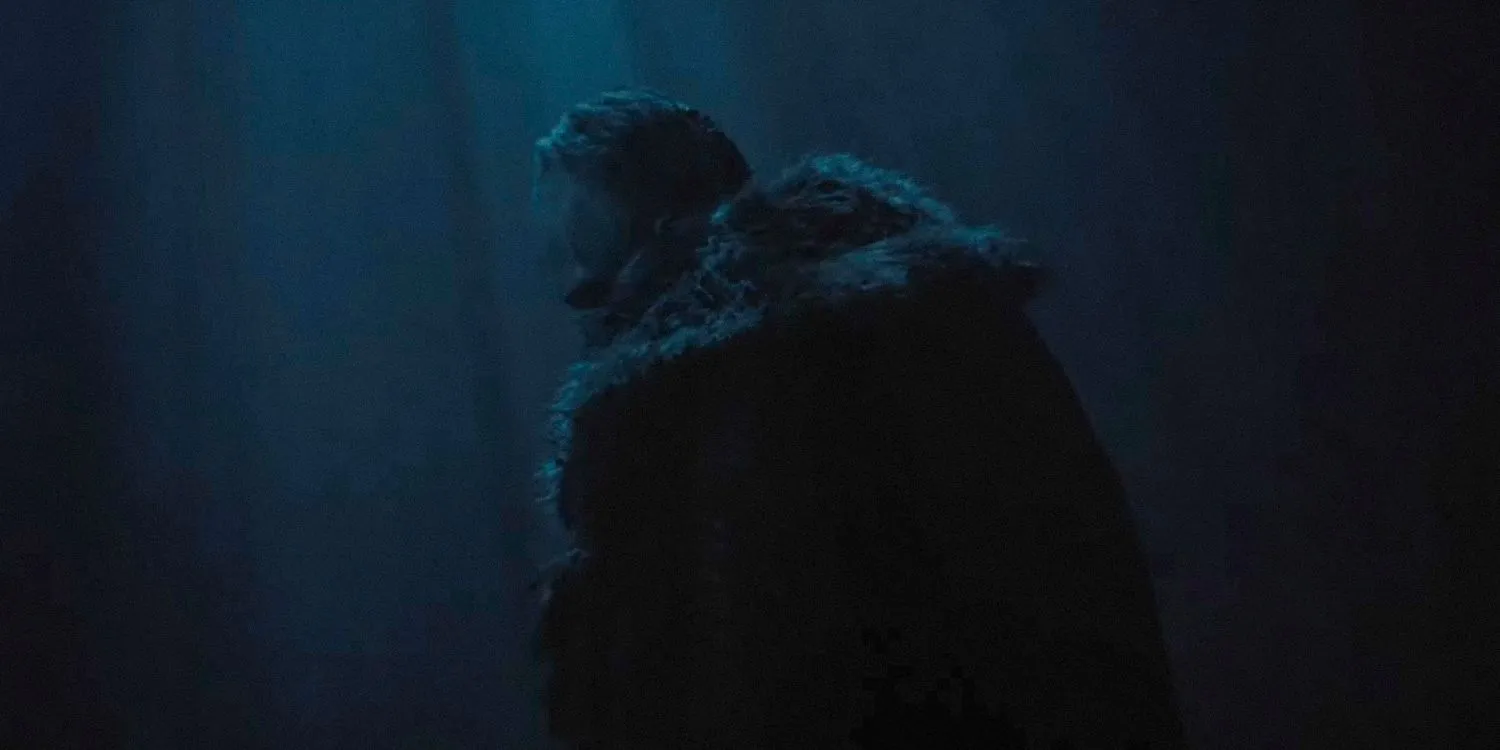
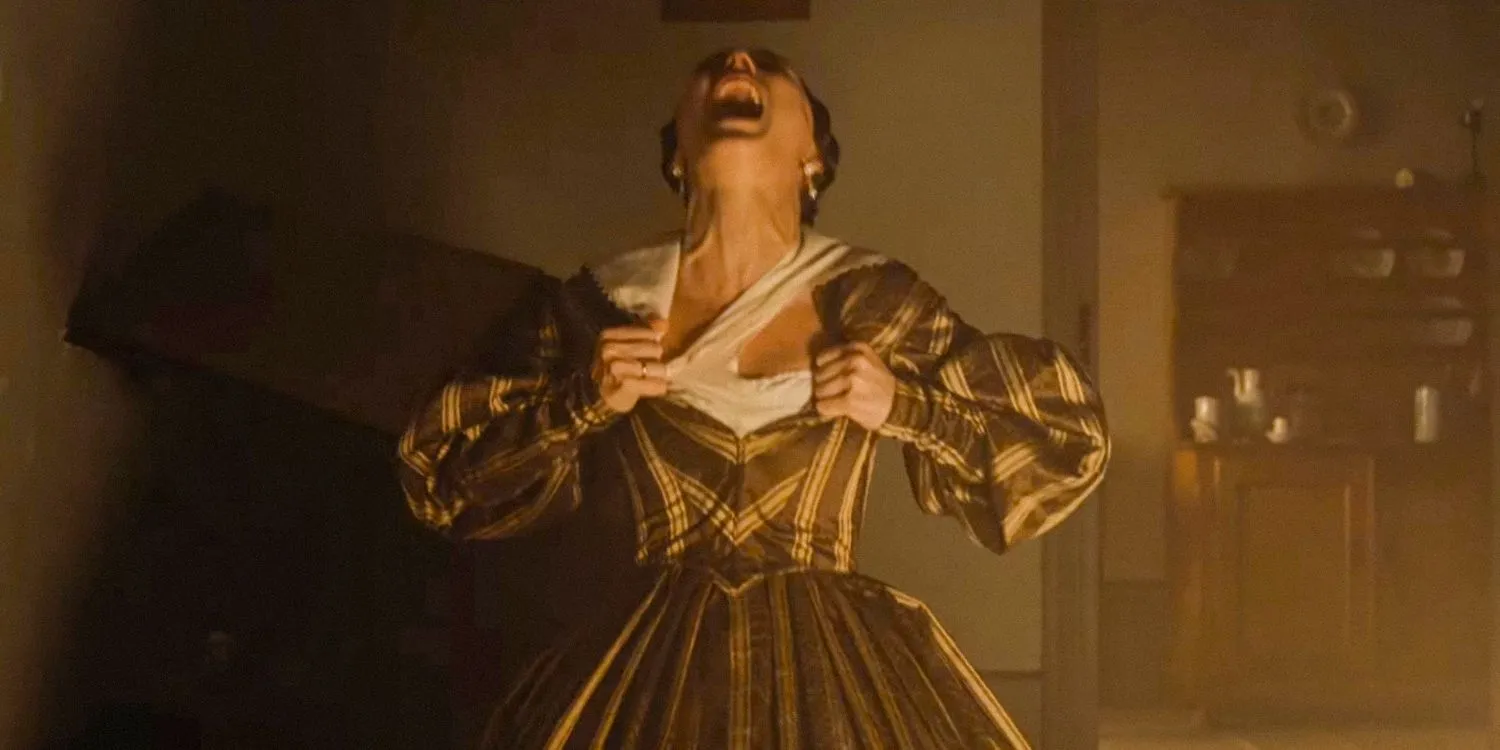
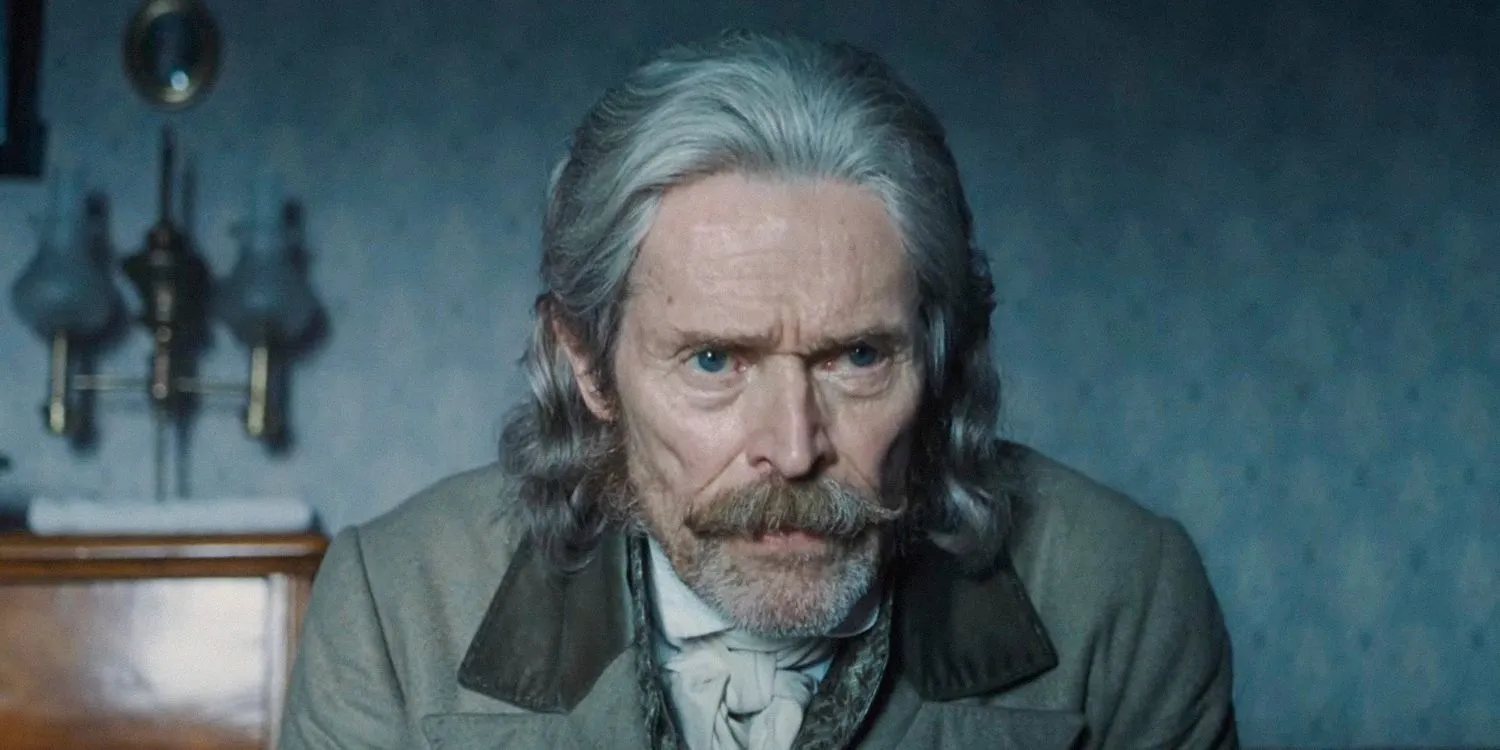
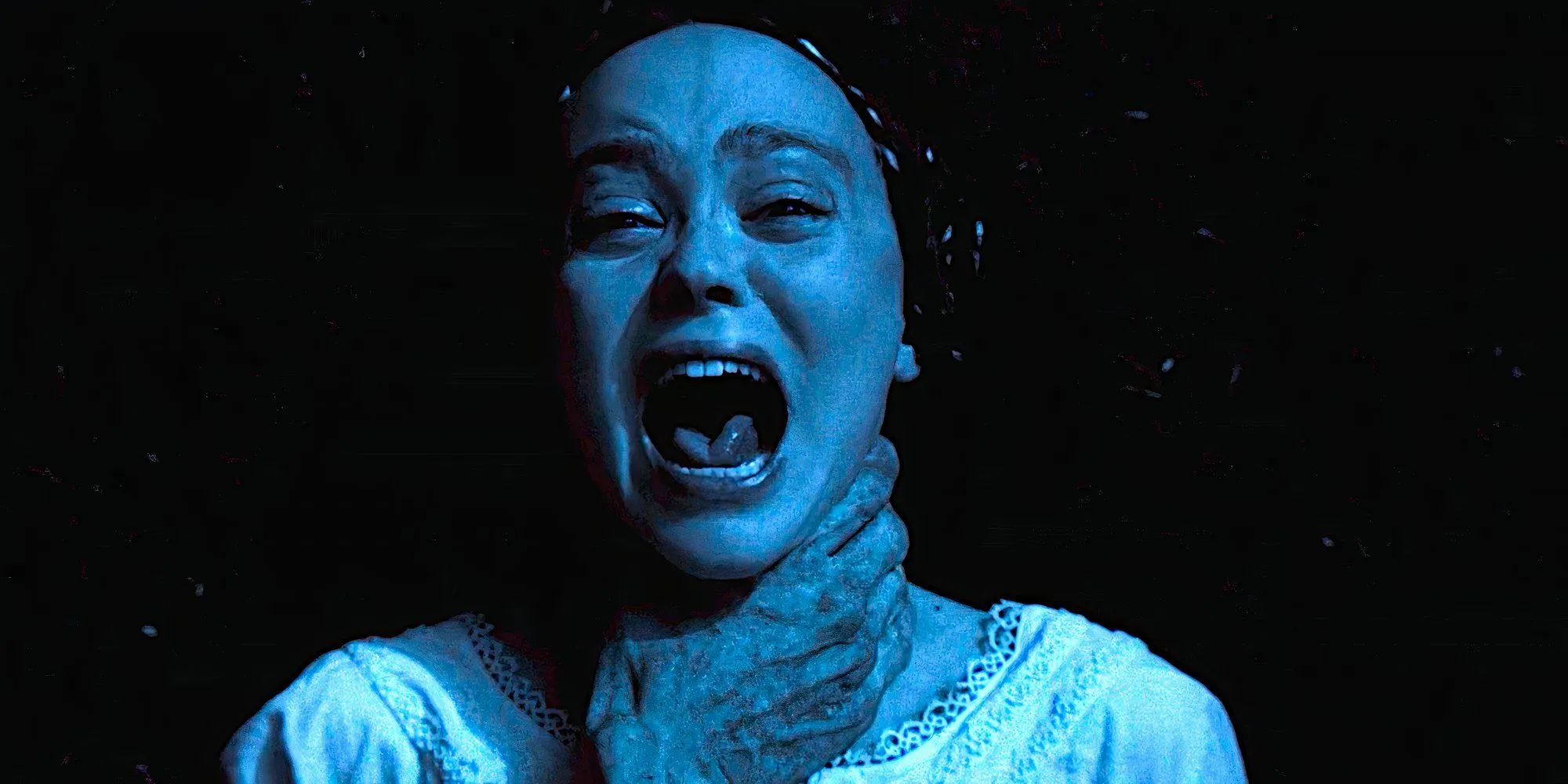
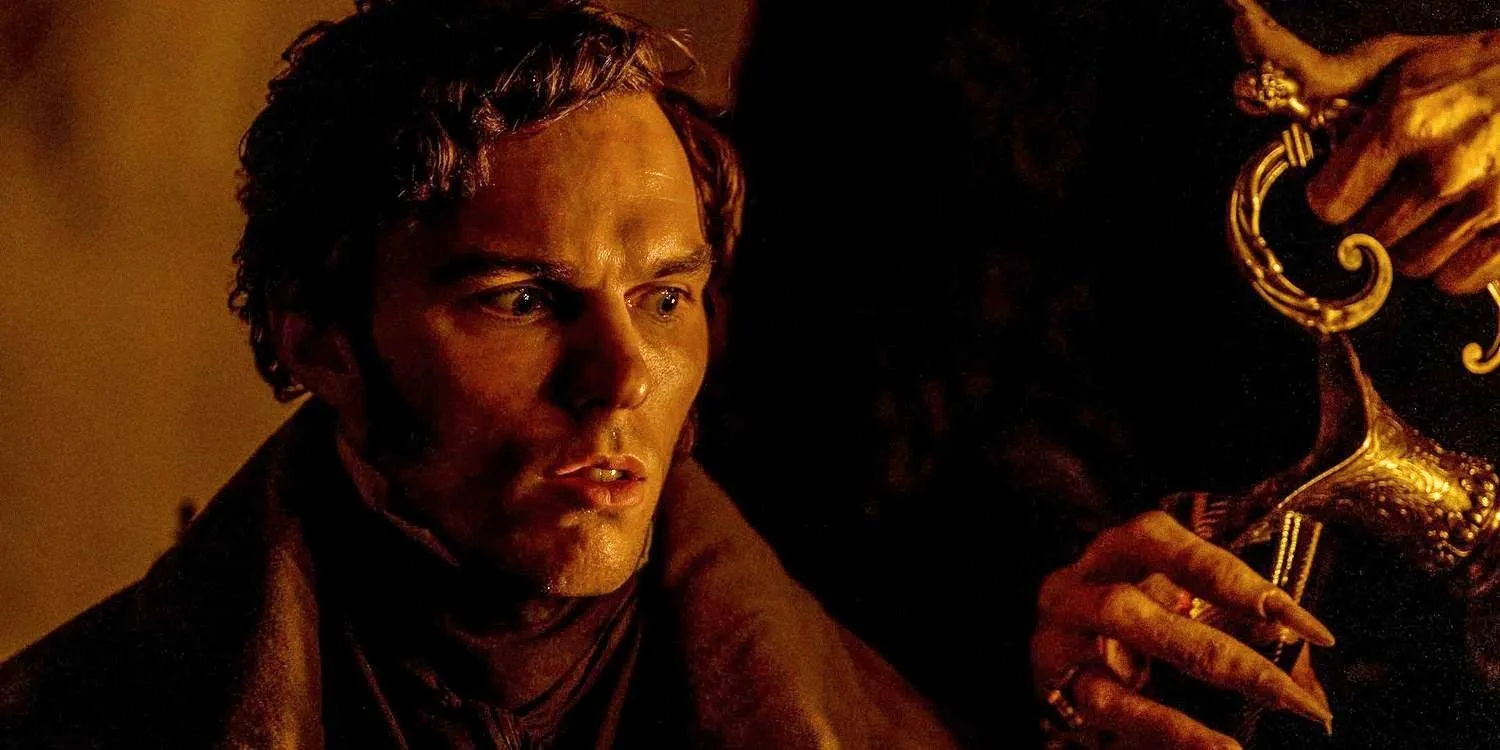
Despite the impressive Tomatometer scores, Eggers’ films have consistently received low marks on the Popcornmeter, which tracks audience reception. So far, Nosferatu has achieved the best audience score among them, hovering around 75%. This gap becomes apparent when considering the disparity between critic and audience ratings, particularly evident in his earlier films like The Witch and The Northman, where differences exceeded 25%.
|
Overview of Robert Eggers’ Films |
|||||
|---|---|---|---|---|---|
| Film | Release Date | Budget | Box Office | RT Tomatometer Score | RT Popcornmeter Score |
|
The Witch |
February 19, 2016 |
$4 million |
$40.4 million |
91% |
60% |
|
The Lighthouse |
October 18, 2019 |
$11 million |
$18.3 million |
90% |
72% |
|
The Northman |
April 22, 2022 |
$70-90 million |
$69.6 million |
90% |
64% |
|
Nosferatu |
December 25, 2024 |
$50 million |
$43 million+ (as of five-day total) |
86% |
75% |
While discrepancies between critic and audience scores are typical, they usually favor the audience rather than the critics. Critics often scrutinize blockbuster films with a more critical lens, while general audiences may enjoy these offerings for their entertainment value. A prime example is Sony’s Venom, which holds a dismal Tomatometer score of 30%, yet boasts a Popcornmeter score of 80%. Consequently, Eggers’ films present a puzzling landscape; however, Nosferatu highlights the reasons behind this divide.
Robert Eggers’ Methodical Filmmaking Demands Patience
Attention to Detail Results in Slow-Burning Narratives
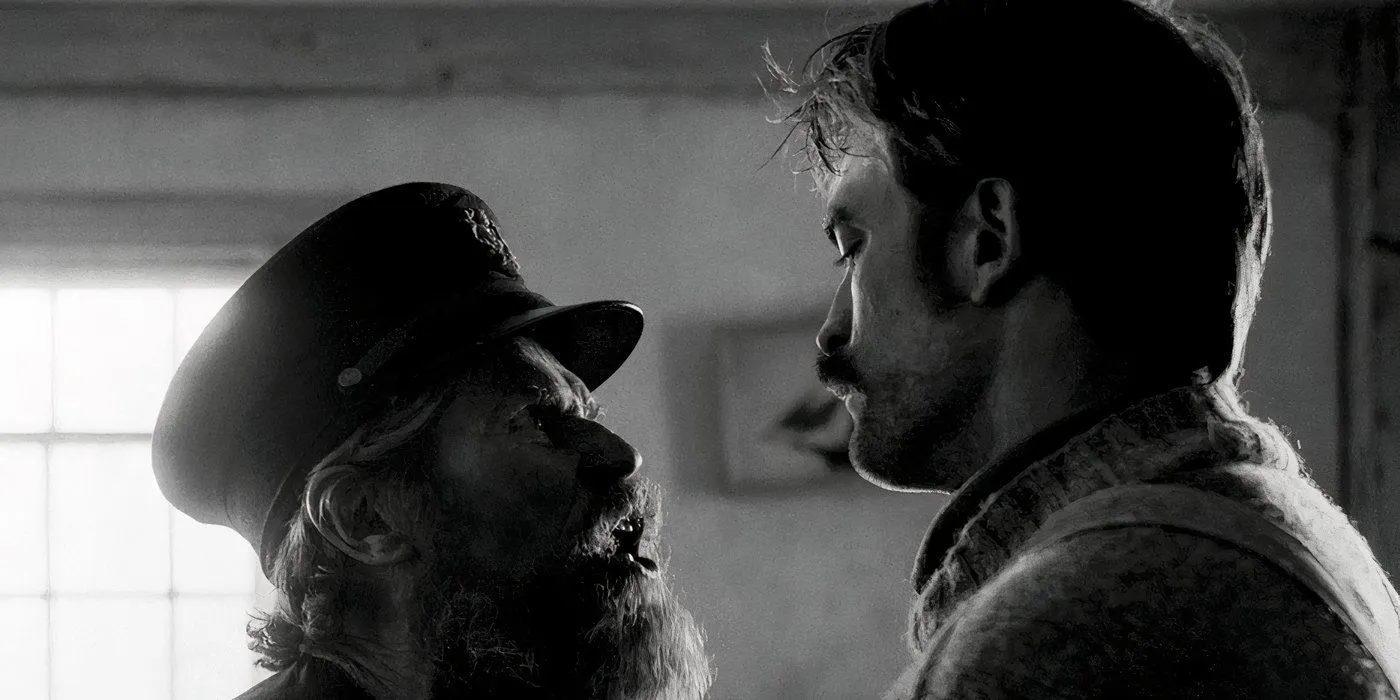
A recurrent theme in audience reviews for Eggers’ films is the perception of slowness, with some critics labeling them “boring.”Nevertheless, this slow pacing is intrinsic to Eggers’ storytelling technique. His meticulous attention to detail enriches the historical contexts and character development that underpin his works.
Within Nosferatu, it takes a significant portion of the film to fully appreciate Ellen Hutter’s motivation, driven by guilt over invoking Count Orlok. Understanding this aspect is crucial to grasping her ultimate act of self-sacrifice in the narrative’s climax.
Nosferatu serves as a prime example of Eggers’ emphasis on detail, especially concerning character arcs. His ability to vividly recreate an abandoned Transylvanian castle or an early 19th-century German seaport is unparalleled; the true artistry lies in how he intricately weaves character developments throughout the storyline.
Eggers’ Folk Horror Themes Challenge Broad Audience Appeal
Cultural Specificity Can Alienate General Audiences
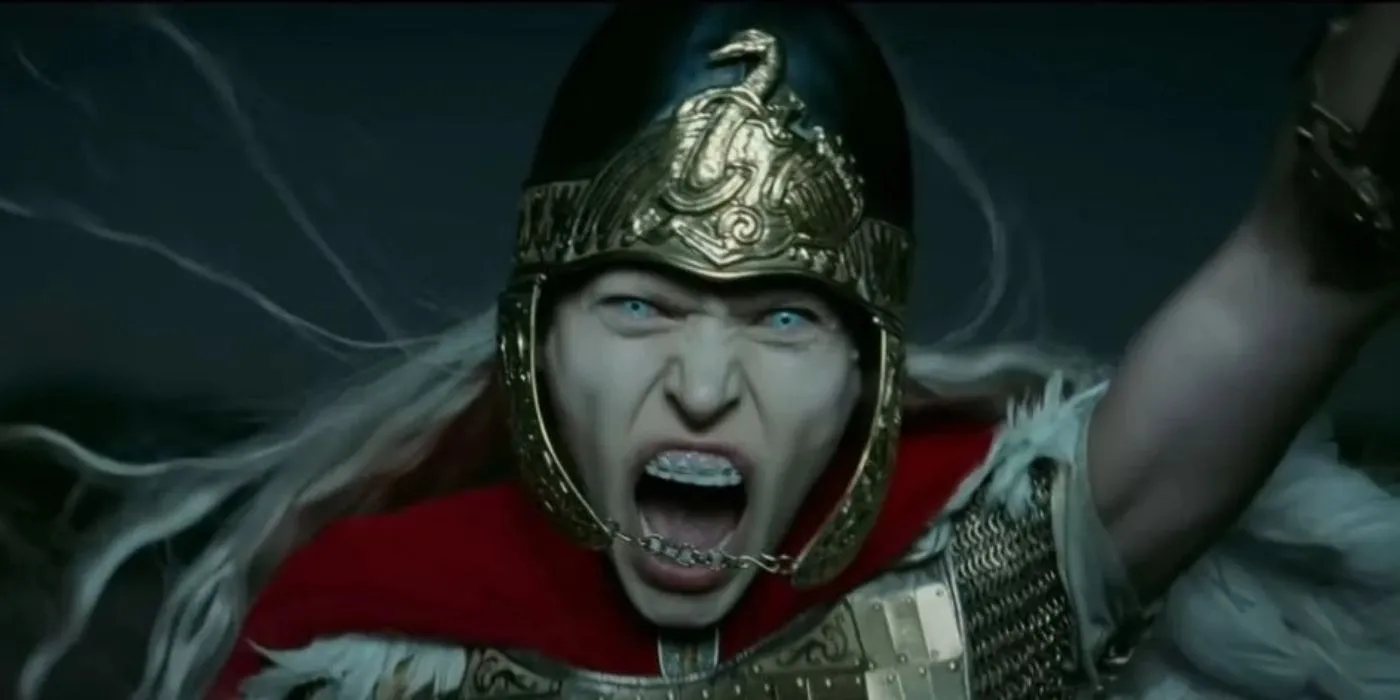
Eggers’ cinematic repertoire consistently delves into folk horror, characterized by its reliance on lore and atmospheric dread. His unique blend of regional elements—language, aesthetics, and traditional conduct—often proves challenging for contemporary audiences to fully engage with.
In pursuit of authenticity, Eggers had contemplated a series centered on the enigmatic Russian mystic Grigori Rasputin, yet halted production due to logistical challenges in filming in Russia. This commitment to realism fuels his storytelling style.
Count Orlok presents a distinct variant compared to the archetypal Dracula figure, as Eggers has strayed far from Bram Stoker’s depiction by integrating authentic Eastern European folklore. Features such as Orlok’s distinct attire, skeletal physique, and unique facial hair stem from Eggers’ desire to accurately portray a vampire rooted in folklore, ultimately setting audience expectations askew right from the start.
Marketing Limitations Leave Audiences Uncertain
Conservative Marketing Strategies Yield Misleading Expectations
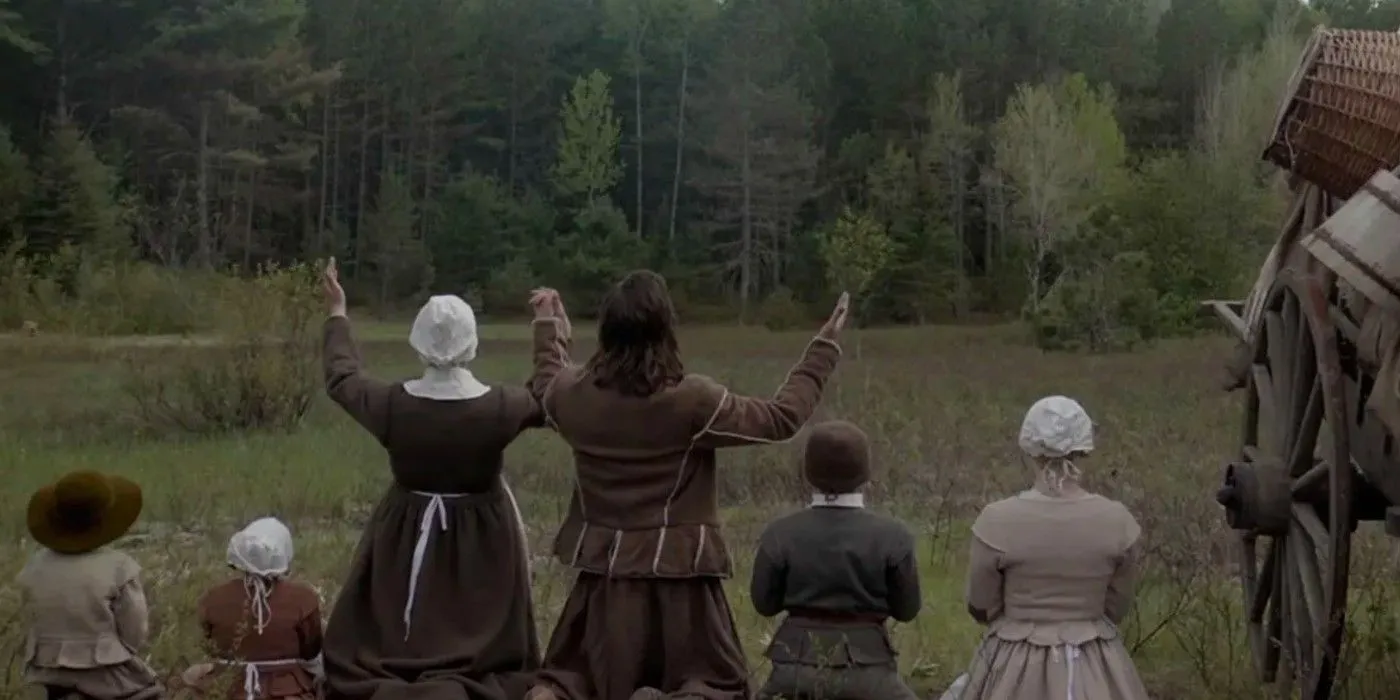
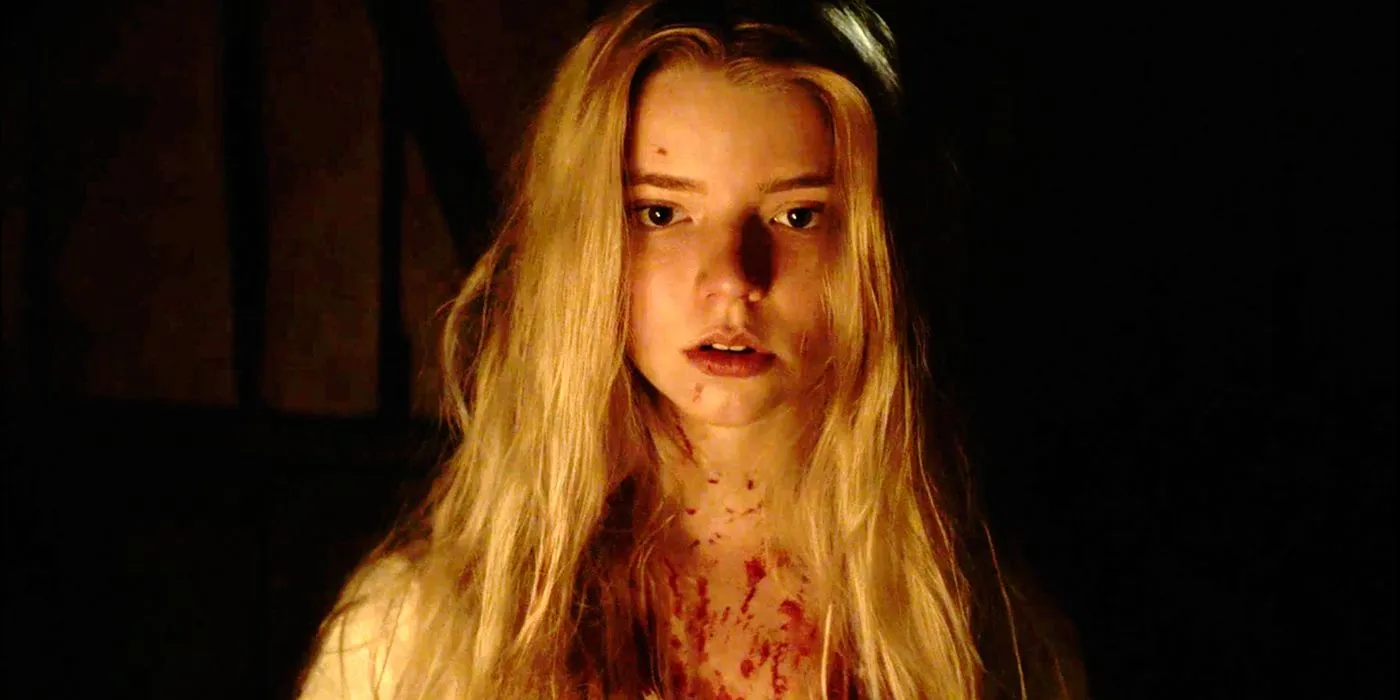
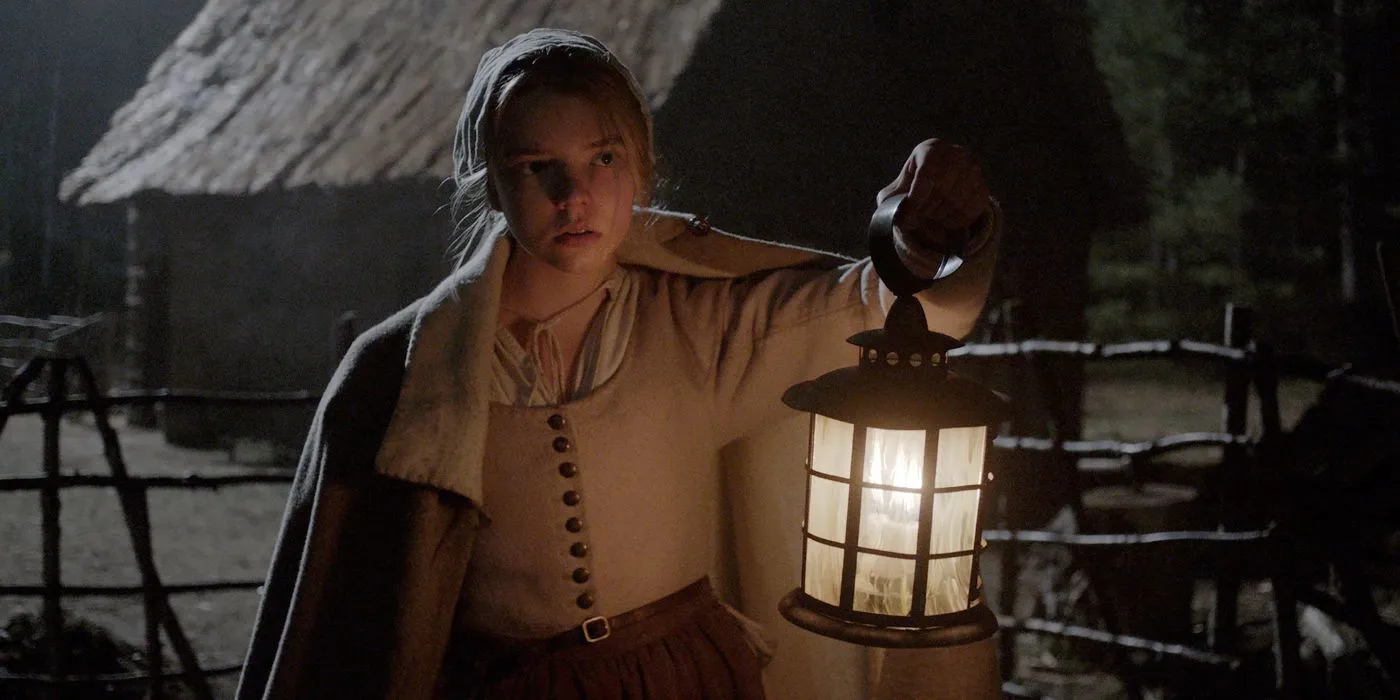
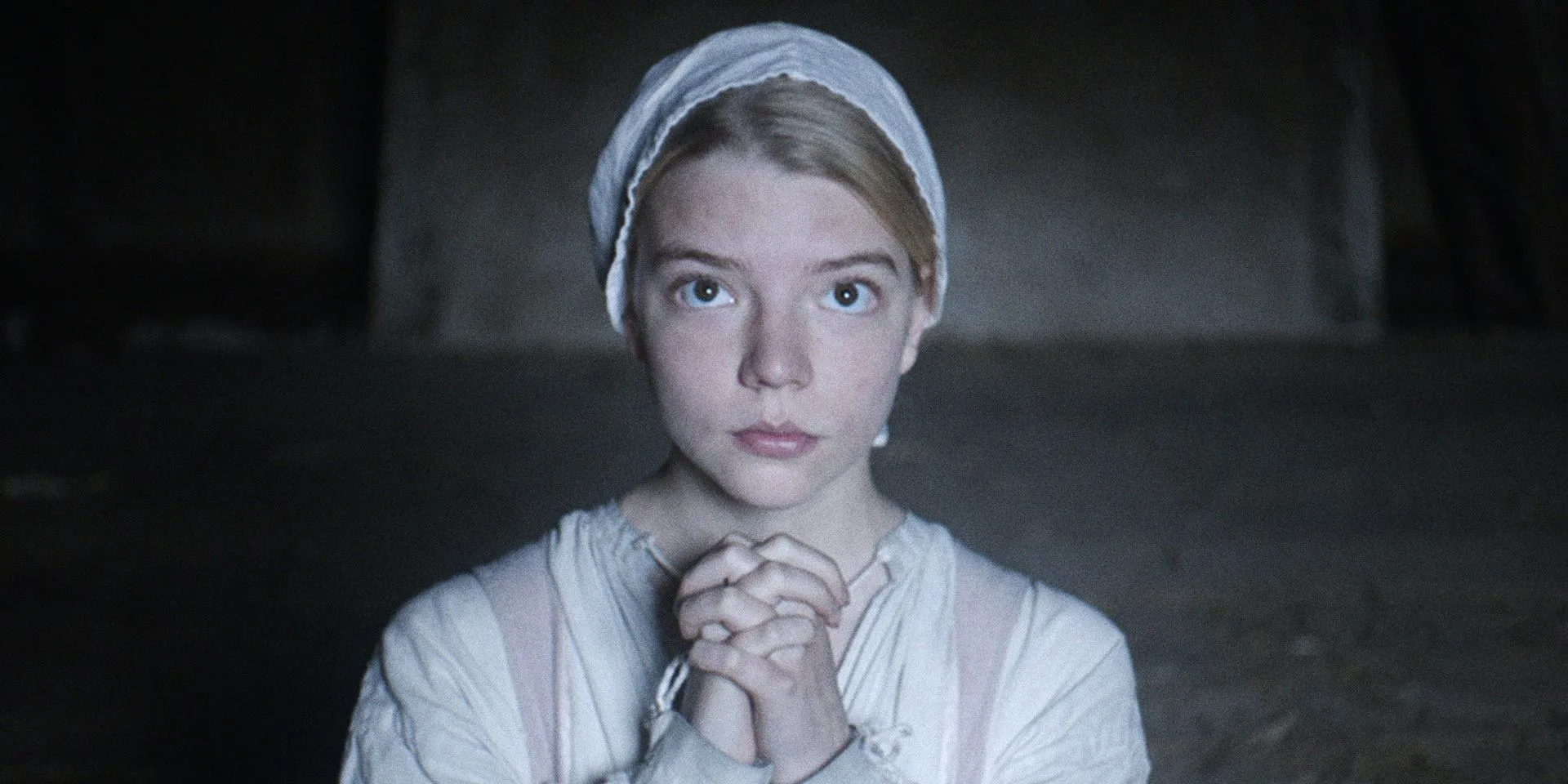
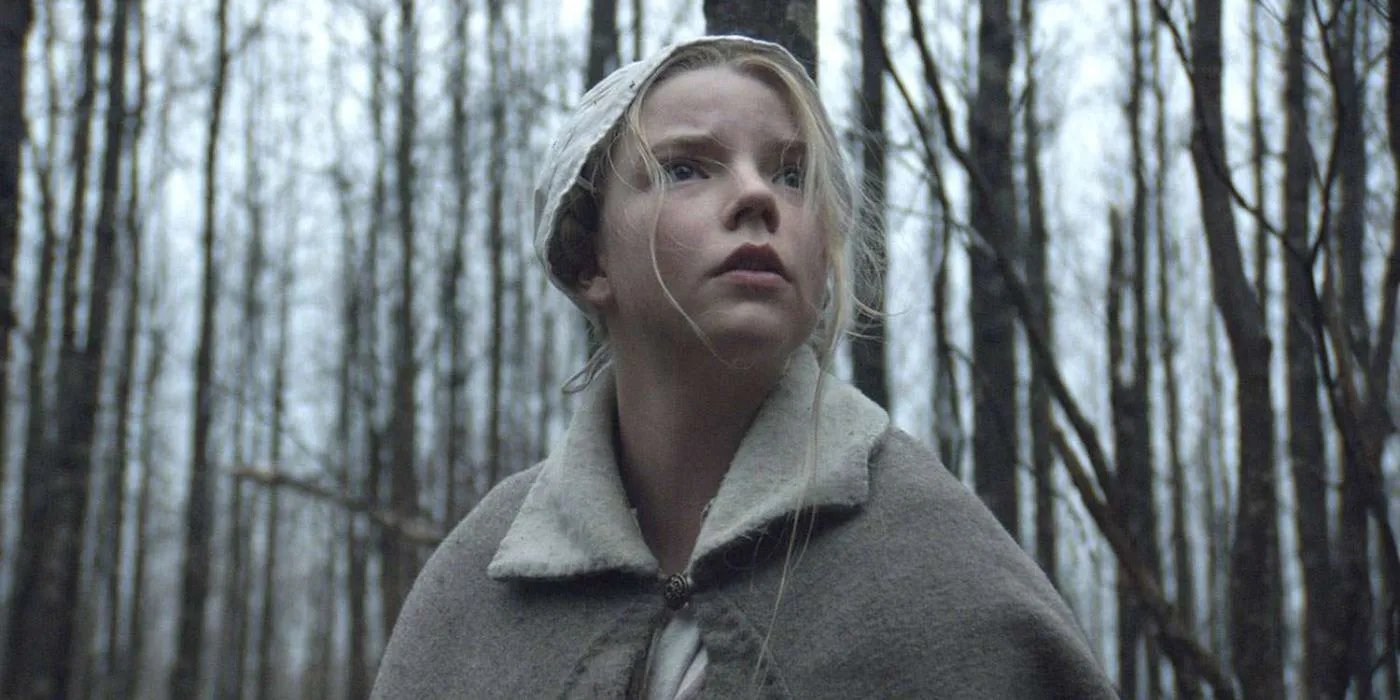
With Nosferatu being the most high-profile project Eggers has undertaken, it was poised for significant marketing. However, previous films featured conservative promotional strategies that carefully revealed minimal plot details. Furthermore, his film titles generally provide little indication of their storylines, which can lead to misaligned audience expectations.
Many patrons approached Nosferatu anticipating a conventional vampire film, which may have resulted in confusion when confronted with its complex narrative elements. Eggers’ film integrates psychic connections, surreal dreamscapes, and overtly sexual elements, straying far from the modern portrayals of vampiric lore.
Eggers’ Films are Set to Achieve Cult Classic Status
Critical Recognition May Signal Future Cult Status
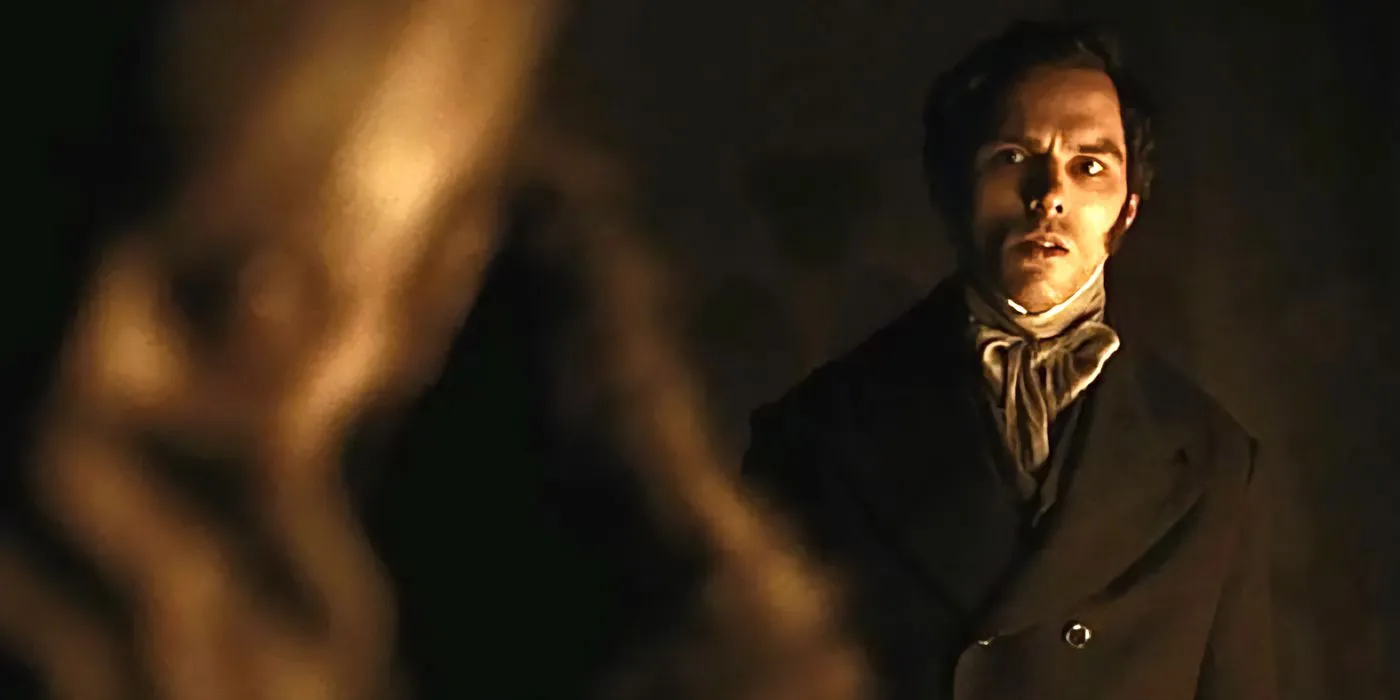
Despite consistently lower audience scores versus critic ratings upon release, the box office performance of Eggers’ films has not reflected their artistic merit. Consequently, these cinematic works are poised to evolve into cult classics. With the rise of streaming platforms, films often undergo rediscovery, earning esteem long after their initial premieres, and Eggers’ works appear to be prime candidates for such phenomena.
Nosferatu highlights a potential breakthrough for Eggers, delivering notable initial success both critically and commercially within its first week. However, it may still join the ranks of cult classics due to its unique divergence from mainstream horror and vampire genres. Once it transitions to streaming services, Nosferatu could indeed experience a resurgence, solidifying its place in film history.




Leave a Reply